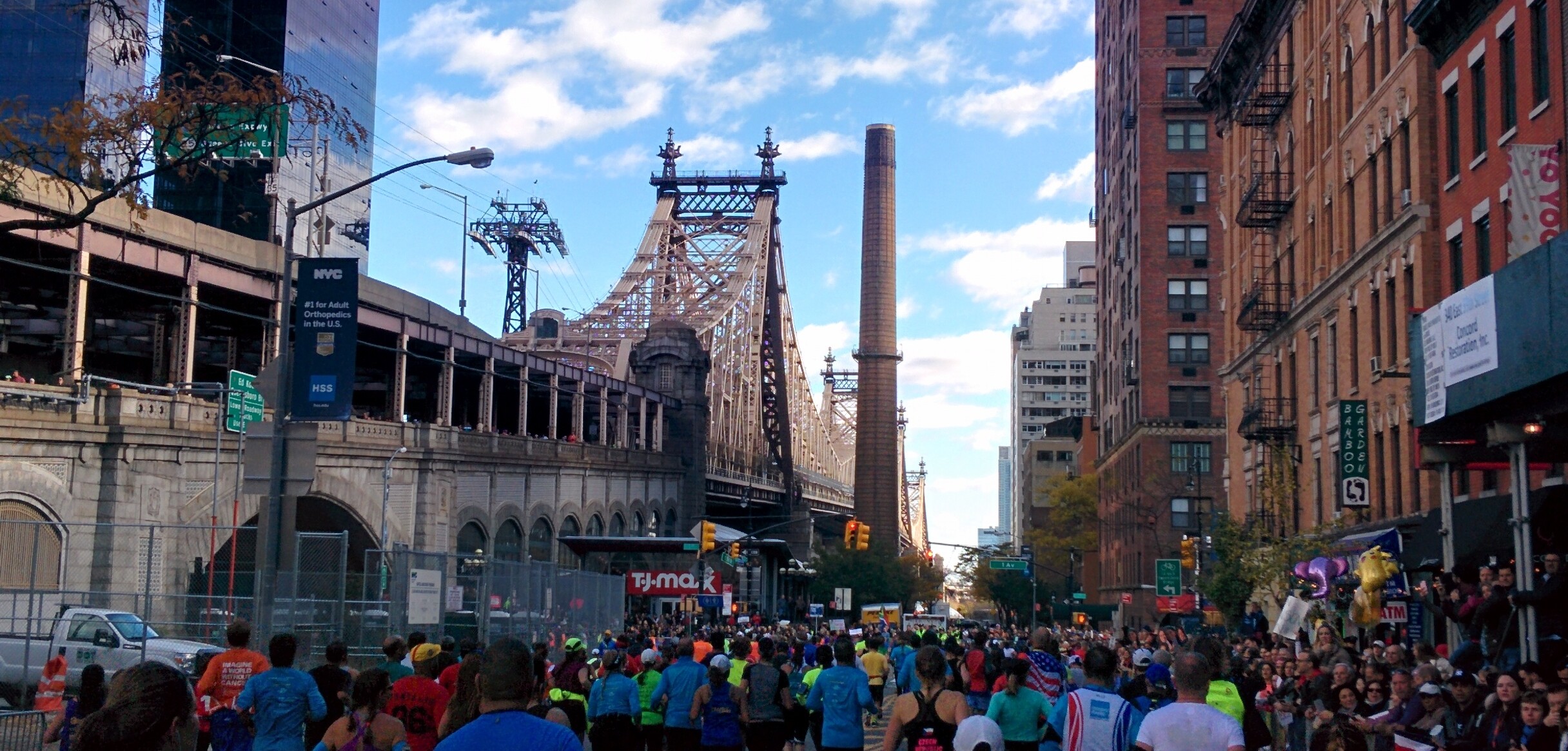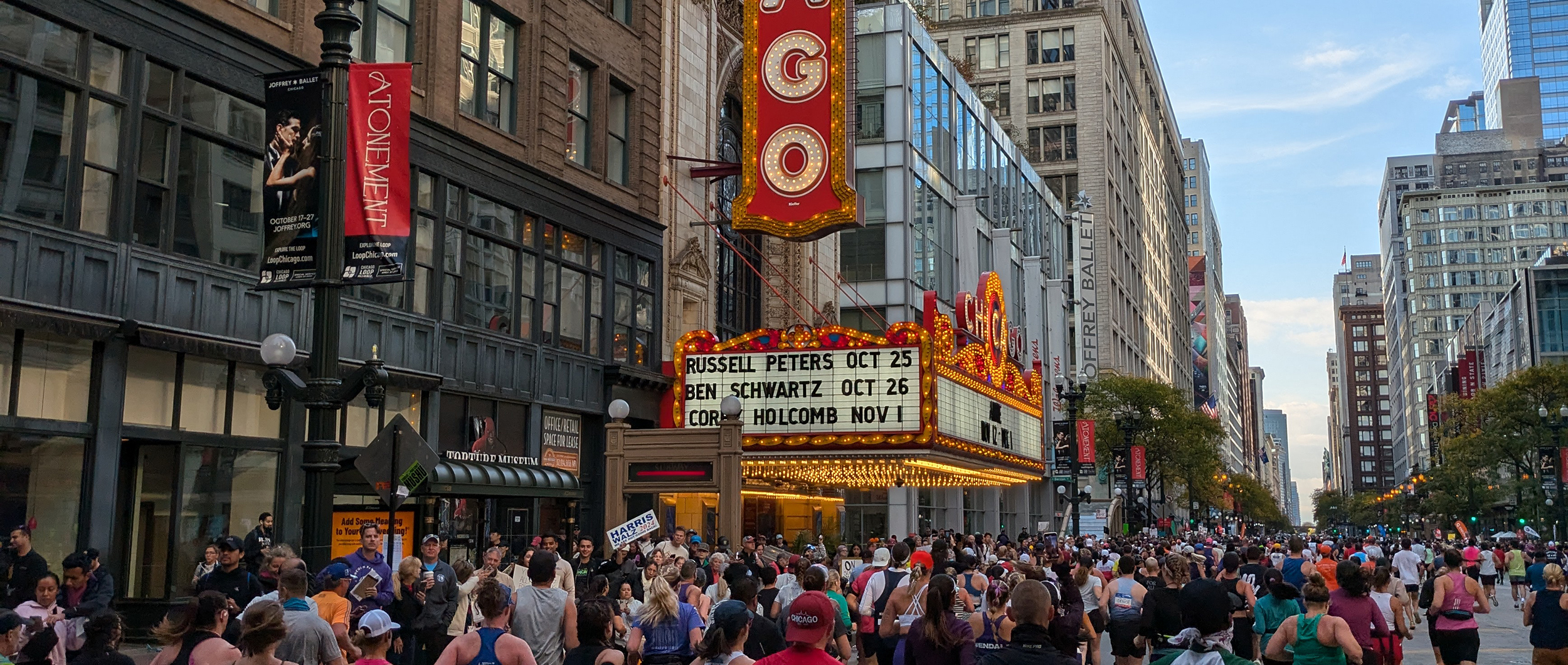News
NOW OFFERING RACE-SPECIFIC TRAINING PLANS!

Hooray! It’s time for Coach Tip Tuesday!
For the last two weekends, I had the honor of coaching two virtual triathlon camps for Team Semper Fi. Along with three of my coaching colleagues from Cloud 10 Multisport and Balanced Art Multisport, I taught two groups of military service members ALL about triathlon.
One of the big conversations that we had with athletes on both weekends was about Rating of Perceived Exertion (RPE). All four of the coaches on the camp staff believe STRONGLY in RPE and feel that it is king over all other metrics in all endurance sports (not just triathlon).
This is a conversation that I have often with the athletes who I work with. In an age where we are constantly bombarded with new technology that promises to revolutionize and enhance our lives and physical training, this idea that how we (honestly) feel is the most important thing (which is independent of any metric any device can track or tell us) can be a tough one to accept.
But, it’s true. Really learning to know yourself and trust your own efforts and abilities is a tool in your athlete’s toolbox that will serve you well over your entire lifetime of being active in any sport you choose. When we talk about this effort, we are talking about your honest effort. What is “honest effort”? Well, simply put, it’s how you actually feel, not how you want to feel, or imagine you might feel. It’s you being 100% honest with yourself about what is going on in your body and mind.
The top athletes in the world train primarily on effort. Yes, they will record metrics and data, but if you can believe it (and you should because it’s true ;) ), that data is only used for post-workout analysis. And often, their coaches are the ones who are doing the majority of the analyzing. Many of the world’s top athletes are content to just rest with their own efforts without overanalyzing the metrics and trying to draw correlations there.
Data can be immensely useful. Truly, it can. And ask any athlete who I am currently working with and they will tell you that I do review all data files that they upload to Final Surge. And as crazy as it might seem, I often use data and as means of checking to make sure that they were sitting in the RPE ranges I recommended for their workouts. Many times, the data shows me that athletes might have gone too hard. Other times, the data shows me that athletes might have gone too easy.
But all of that analysis is a bit of guesswork on my end. Because, at the end of the day, how the athlete feels is how the athlete feels, and it is totally independent of any metrics that may have been recorded. Really low heart rates can feel challenging or hard. An athlete might feel great and that they are going easy even if their power or heart rate is high. It’s not for me to tell an athlete how they feel, but one of the best ways I can serve the athletes I work with is to ask questions about how they feel and help those athletes get good at true self-awareness.
Because that’s what RPE is - utter, complete self-awareness. While this idea might seem scary at first, it’s really not. Imagine trusting yourself so much that you can adjust on the fly in a workout or race for any condition or adversity you encounter and know that you’ll feel strong and good at the end of it. Doesn’t that sound amazing and wonderful?
So, that’s why I plan so many workouts using RPE. In learning RPE, many athletes do try to correlate RPE to other metrics, most notably pace. And this is another conversation that I have often with athletes: RPE and pace are not the same thing. RPE 4 one day might result in one pace, but it very well might result in a different pace on a different day. Even within the same workout, RPE 4 may translate to one pace for one interval and be a different pace in another interval. Why? There are SO many reasons why this could happen - everything from rising fatigue levels to terrain to weather. But that’s what is so great about RPE - it remains the same even when other things might change.
Trying to tie metrics to RPE and use them as a basis for it is not a recipe for success, because you are then still focusing on what the data tells you (or what you think the data is telling you) instead of what YOU tell you.
The clearest way to learn RPE is to train without a device. (I know, I know...this is a horrifying idea!) But what would you have to do if you didn’t have ANY type of tracking device (watch, smartphone, etc.)? You would be forced to use your effort - and only your effort - to guide you.
Since training without a device is, in fact, a very horrifying thing for many athletes to do, the next best way is to ignore the device during the workout (seriously, don’t even look at it once) and to execute the workout on feel alone, without letting any data influence your thoughts about how you are feeling. After the workout is done, you can analyze the file/data if you like, but you’ll have completed the workout on feel.
Pace and RPE are not the same thing. Listen to this AND hear this. Focus on how you FEEL, and be honest with yourself about that. This is an advanced skill that requires an athlete to not be vain about their pacing and to let go of their ego. But you can do this! Learn RPE and embrace what it can tell you, and you’ll have achieved one of the most advanced - not to mention useful - skills in endurance sports. :)



































































































Have a question or ready to get your TRAINING started?
Fill out our Contact Form to the right and we will get back to you shortly!